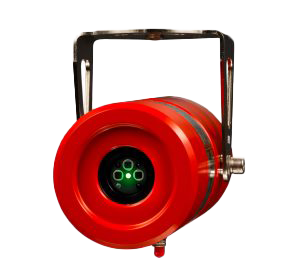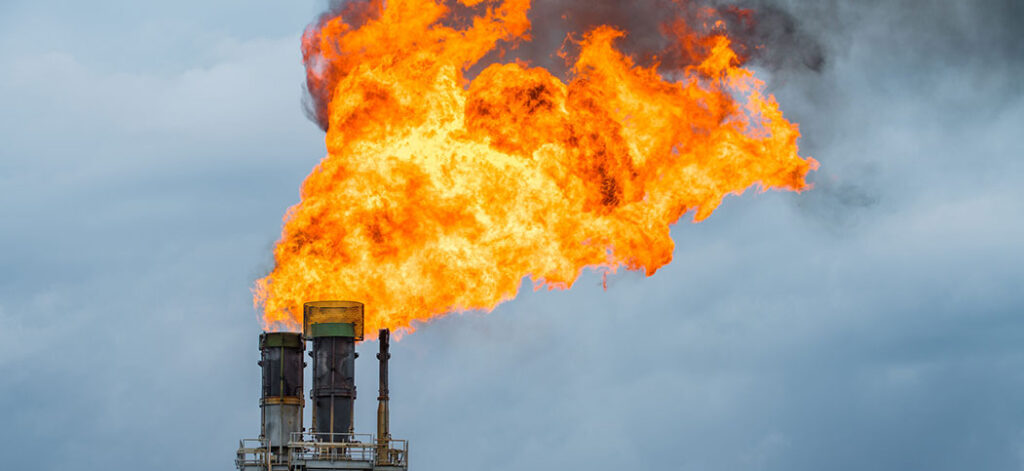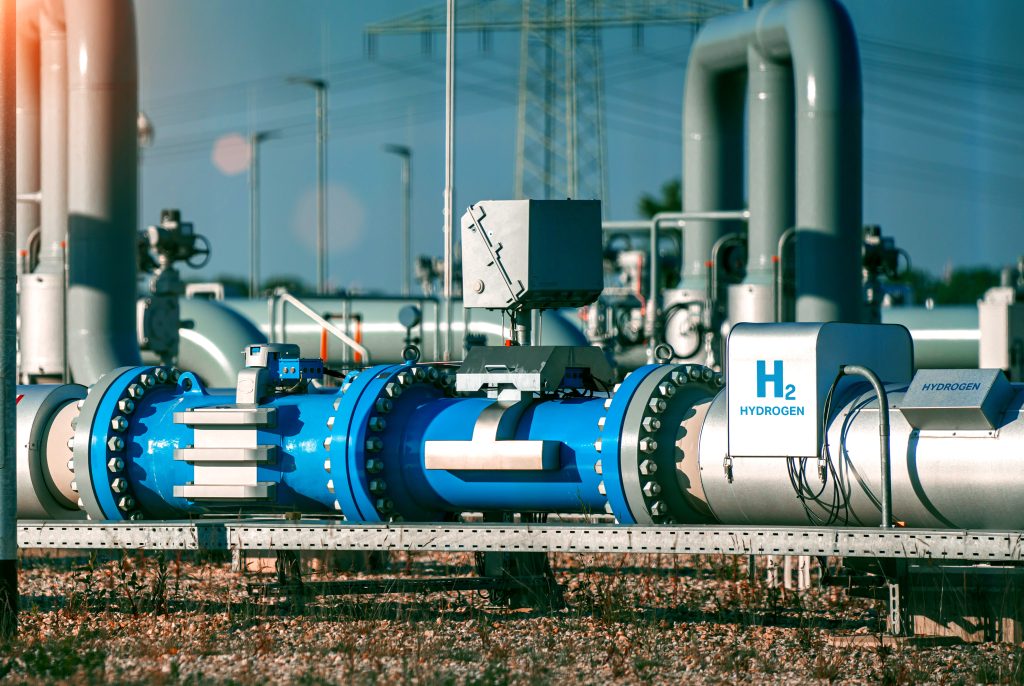Wat is een vlamdetector?
Een vlamdetector is een soort sensor die de aanwezigheid van een vlam kan detecteren en erop kan reageren. Deze detectoren kunnen rookloze vloeistoffen en rook die open vuur kunnen veroorzaken, herkennen. Vlamdetectoren worden bijvoorbeeld veel gebruikt in ketelovens, omdat een vlamdetector hitte, rook en vuur kan detecteren. Deze apparaten kunnen ook vuur detecteren op basis van de luchttemperatuur en luchtbeweging. Vlamdetectoren maken gebruik van ultraviolet (UV) of infrarood (IR) technologie om vlammen te identificeren, wat betekent dat ze in minder dan een seconde vlammen kunnen detecteren. De vlammenmelder reageert op de detectie van een vlam volgens de installatie, hij kan bijvoorbeeld een alarm laten afgaan, de brandstofleiding deactiveren of zelfs een brandbestrijdingssysteem activeren.
Waar kun je deze detectoren vinden?
- Industriële magazijnen
- Chemische productie-installaties
- Chemische winkels
- Benzineopslag en pompstations
- Workshops booglassen
- Energiecentrales
- Transformatorstations
- Ondergrondse tunnels
- Motorproefbanken
- Houtwinkels
Wat zijn de onderdelen van een vlambewakingssysteem en werkt het?
Het belangrijkste onderdeel van een vlammendetectiesysteem is de detector zelf. Het bestaat uit foto-elektrische detectieschakelingen, signaalconditioneringsschakelingen, microprocessorsystemen, I/O-schakelingen en windkoelsystemen. De sensoren in de vlammenmelder detecteren de straling die door de vlam wordt uitgezonden, de foto-elektrische zet het stralingsintensiteitssignaal van de vlam om in een relevant spanningssignaal en dit signaal wordt verwerkt in een single-chip microcomputer en omgezet in een gewenste uitgang.
Hoeveel soorten vlammenmelders zijn er en hoe werken ze?
Er zijn 3 verschillende soorten vlammenmelders: Ultraviolet, infrarood en een combinatie van beide Ultraviolet-Infrarood.
Ultraviolet (UV)
Dit type vlammenmelder werkt door de UV-straling op het punt van ontsteking te detecteren. Bijna alle branden zenden UV-straling uit, dus in het geval van een vlam wordt de sensor zich hiervan bewust en produceert een reeks pulsen die door de detectorelektronica worden omgezet in een alarmuitgang.
Er zijn voor- en nadelen aan een UV-detector. Voordelen van een UV-detector zijn onder andere een snelle reactie en de mogelijkheid om te reageren op koolwaterstof-, waterstof- en metaalbranden. Aan de andere kant zijn de nadelen van UV-detectoren dat ze reageren op lassen op grote afstand en dat ze ook kunnen reageren op bliksem, vonken, enz.
Infra-Rood (IR)
De infrarood vlamdetector werkt door de infrarode spectrale band te controleren op bepaalde versieringen die hete gassen afgeven. Dit type apparaat vereist echter een flikkerende beweging van de vlam. De IR-straling kan niet alleen worden uitgezonden door vlammen, maar ook door ovens, lampen, enz. Daarom is er een hoger risico op vals alarm.
UV-IR
Dit type detector kan zowel UV- als IR-straling detecteren en beschikt dus over zowel een UV- als IR-sensor. De twee sensoren werken afzonderlijk hetzelfde als beschreven, maar omdat beide sensoren aanwezig zijn, worden de signalen verwerkt door extra schakelingen. Bijgevolg kan de gecombineerde detector beter vals alarm weigeren dan de afzonderlijke UV- of IR-detector.
Hoewel er voor- en nadelen zijn aan UV/IR vlammenmelders. Tot de voordelen behoren een snelle reactie en immuun zijn voor vals alarm. Aan de andere kant zijn de nadelen van de UV/IR-vlamdetector dat hij niet kan worden gebruikt voor niet-koolstofbranden en alleen branden kan detecteren die zowel UV- als IR-straling uitzenden.
Zijn er producten beschikbaar?
De FGard IR3 levert superieure prestaties bij de detectie van koolwaterstofbranden. Het apparaat maakt gebruik van de nieuwste IR-algoritmen voor vlamdetectie om maximale immuniteit tegen vals alarm te garanderen. De detector is onafhankelijk getest om aan te tonen dat hij een koolwaterstofbrand in een pan op bijna 5 meter afstand in minder dan 5 seconden kan detecteren. De FGuard IR3 heeft een multispectrum IR waardoor een vlamdetectiebereik van 60 meter mogelijk is. Dit kan alle koolwaterstofbranden detecteren zonder condensvorming op het venster, waardoor de betrouwbaarheid en prestaties bij alle temperaturen verbeteren. Dit product heeft een snelle detectietijd en reageert in minder dan 5 seconden op een brand van 0,1 m² op 60 meter.
Crowcon biedt een reeks vlamdetectoren op basis van infrarood (IR) en ultraviolet (UV) voor het snel detecteren van vlammen op afstand. Afhankelijk van het model omvat dit een verscheidenheid aan gas- en brandstofbranden, waaronder die van koolwaterstoffen, waterstof, metalen, anorganische en hydroxylbronnen.

INZICHTEN IN DE INDUSTRIE
Abonneer je en ontvang de nieuwste inzichten
IN je inbox
Lees meer over Crowcon's Privacy en Cookiebeleid hier. Als je van gedachten verandert, kun je je op elk moment uitschrijven






